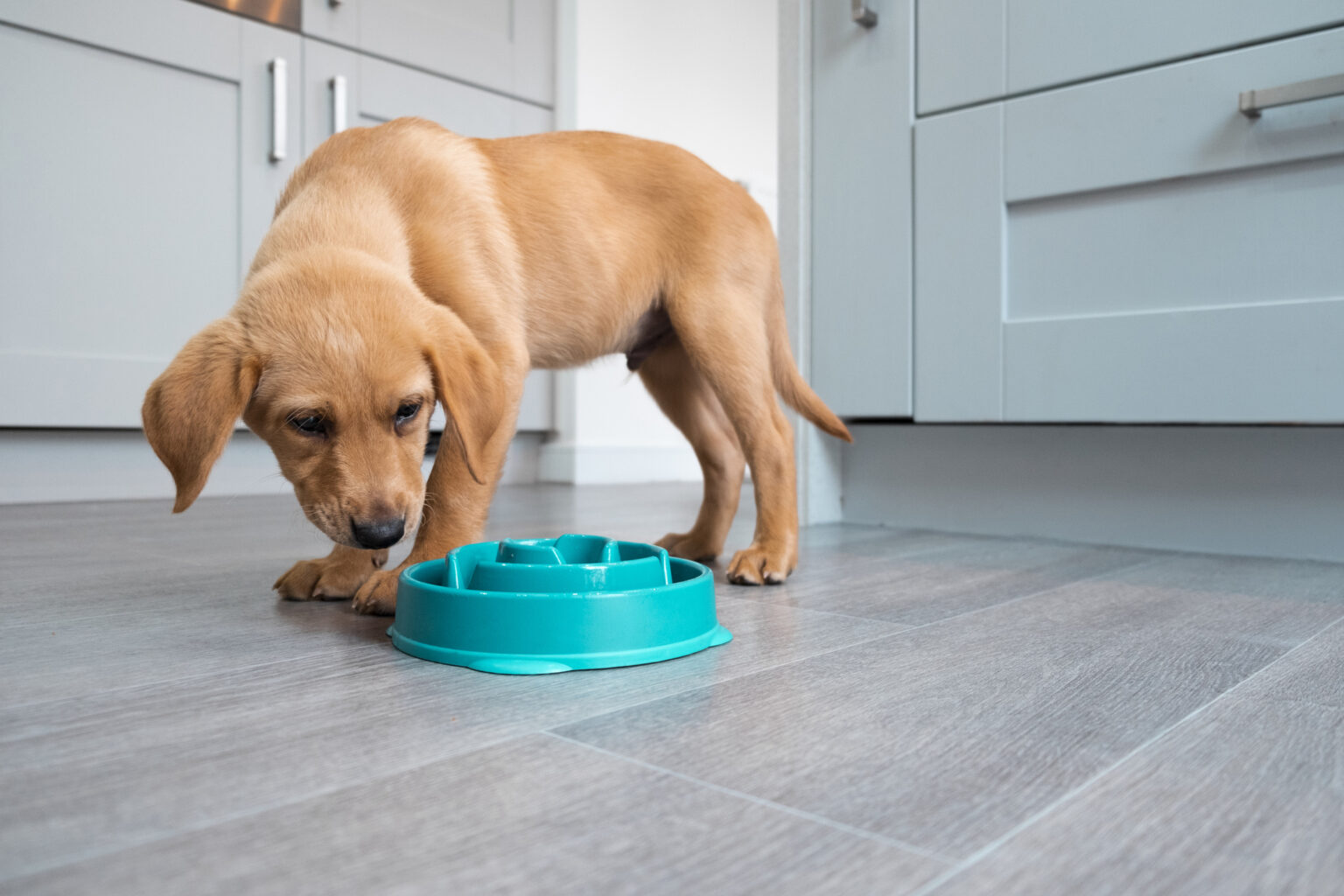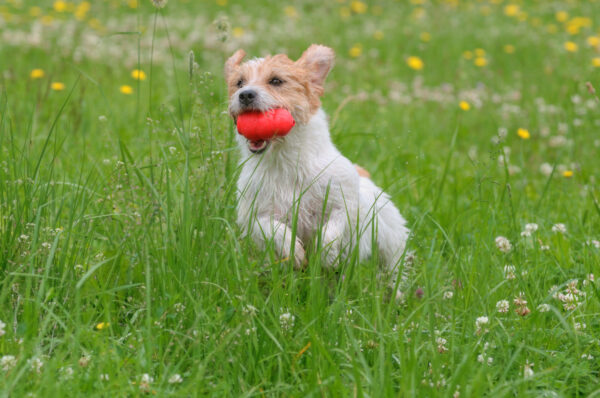Dogs love food – but are they chomping down on their favourite dog food safely? Choosing the right dog bowl for your canine companion is important for their health and even mental wellbeing. We spoke to our resident vet to find out more about raised dog bowls and slow feeder dog bowls.
What are the benefits of an elevated bowls and slow feeders?
Elevated dog bowls place less strain on dogs’ necks
It’s a common feeding question that our vet is asked – why do dogs need elevated bowls? When your dog eats out of a raised dog bowl, it places less strain on their neck. This is a great way to help dogs with neck pain or swallowing problems. The exact same can be said for dog water bowls and fountains, too.

Raised dog bowls are ideal for larger or older dogs with joint issues
Large dog bowls may exist – but they won’t assist with any mobility or joint issues your big dog has. Elevated dog bowls can be useful if your dog has back pain or arthritis.
Slow feeder dog bowls keep dogs engaged in their food for longer
Is keeping your dog interested in their food a constant struggle? Enter slow eating dog bowls. These maze-like dog bowls should keep them engaged in their dog food for longer and double up as an interactive game. Slow eating dog bowls can even help with separation anxiety or destructive behaviour from boredom, especially during noisy periods like thunder and fireworks.



